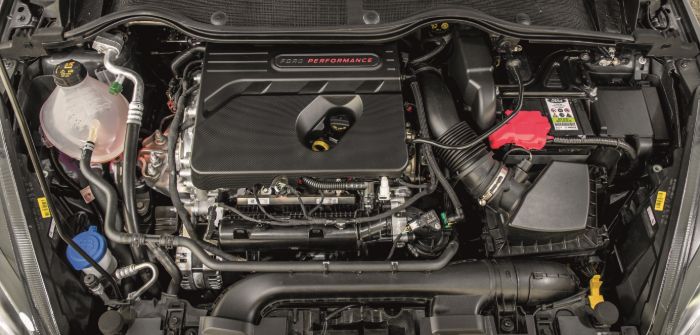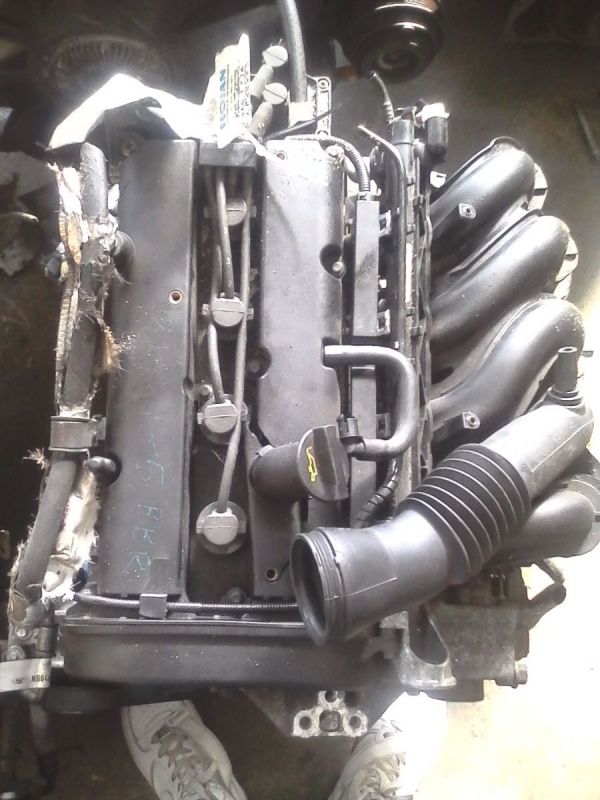How to Diagnose Ford Fiesta Engine Issues and Prevent Future Problems
How to Diagnose Ford Fiesta Engine Issues and Prevent Future Problems
Blog Article
Checking Out the Advancement of Engines: From Timeless Layouts to Modern Marvels
From the initial vapor engines that powered the Industrial Change to the development of internal combustion engines that changed mobility, each stage has contributed to higher efficiency and ability. As we take a look at these landmarks, one need to take into consideration just how the future of engine layout might unravel, testing our perceptions of power and performance.
The Birth of Engine Innovation
The arrival of engine technology marked a zero hour in human technology, transforming energy conversion and transport. The earliest engines emerged from the need to harness mechanical power for sensible use, bring about the development of gadgets that transformed numerous energy kinds right into movement. The idea of the engine can be traced back to ancient human beings, where straightforward makers, such as the waterwheel and windmill, utilized natural forces to perform work. Nonetheless, it was throughout the late 17th and early 18th centuries that considerable developments started to materialize.
The growth of the inner combustion engine and the invention of the vapor engine catalyzed an extensive change in industrial capacities. These engines not just boosted performance yet additionally broadened the scope of human flexibility, enabling unmatched transportation opportunities. The early models laid the foundation for the mechanical world, promoting the surge of markets and reshaping societal frameworks.
As engine styles advanced, they progressed and integrated innovative products engineering principles, leading the way for modern-day advancements - ford fiesta engine. The birth of engine technology fired up a relentless search of efficiency and power, establishing the phase for the dynamic development of transport and commercial equipment that would adhere to
Heavy Steam Engines and Their Effect

The heavy steam engine's influence was especially apparent in the transport sector (ford fiesta engine). Steam-powered locomotives assisted in the rapid movement of products and individuals across large ranges, successfully shrinking the geographical barriers that had formerly hindered profession and interaction. Likewise, steamships reinvented naval traveling, permitting quicker and a lot more trustworthy crossings of rivers and oceans.
In market, steam engines powered factories, making it possible for automation and the rise of metropolitan centers as centers of economic activity. This shift not just modified labor dynamics however also contributed to the development of a consumer-driven culture. Heavy steam technology fostered technologies in engineering and manufacturing processes, laying the foundation for future innovations in engine layout. The heritage of steam engines is profound, showing a turning point in human resourcefulness and the relentless search of development.
The Surge of Inner Combustion
Frequently outweighing heavy steam power, the surge of internal burning engines marked a transformative shift in transportation and sector throughout the late 19th and very early 20th centuries. The development of these engines, defined by their ability to melt fuel within the engine itself, enabled higher efficiency and power contrasted to standard steam engines. Introducing developers such as Nikolaus Otto and Rudolf Diesel played essential roles in developing engine layouts, bring about widespread fostering in automobiles, boats, and commercial machinery.
The inner combustion engine's small size and relatively lightweight nature helped with the development of individual lorries, revolutionizing individual mobility and reshaping urban landscapes. By making it possible for faster travel and the effective transportation of goods, these engines catalyzed financial growth and promoted globalization. The flexibility of fuel options, including gasoline and diesel, further enhanced their allure, allowing for diverse applications across various industries.
Despite the ecological problems that would later on occur, the first allure of internal burning modern technology stocked its transformative capacity. As culture welcomed this development, the foundation was laid for modern-day transportation systems, establishing inner combustion engines as a foundation of industrial innovation and daily life throughout the 20th century.
Improvements in Engine Effectiveness
As interior combustion engines became important to transportation and market, the focus shifted in the direction of boosting their performance to fulfill growing needs for performance and sustainability. Developments in engine style, material scientific research, and innovation have substantially contributed to this evolution.
One significant innovation is the development of turbocharging, which permits boosted air intake, causing more complete gas burning and enhanced power output without expanding engine size. Furthermore, a fantastic read variable shutoff timing systems have been carried out to optimize engine performance throughout numerous RPM varieties, thus enhancing gas performance.
The usage of innovative gas shot modern technologies, such as direct shot, has also played a critical role. This technique allows for more specific control over the fuel-air mixture, advertising far better burning and reducing emissions. Lightweight products, consisting of light weight aluminum and composite parts, have been taken on to decrease total engine weight, leading to boosted performance.
These innovations mirror a broader fad within the vehicle sector, where the synergy between engineering technology and ecological considerations drives the continuous pursuit for higher effectiveness in internal combustion engines. Consequently, modern-day engines are now much more effective, cleaner, and reliable than ever before, Full Article leading the way for a much more sustainable future in transport.
The Change to Electric Power
With expanding worries over ecological effect and nonrenewable fuel source dependency, the automobile market is experiencing a substantial shift in the direction of electrical power. This shift is driven by a mix of technical advancements, regulative stress, and transforming customer preferences. Electric vehicles (EVs) provide a compelling alternative to standard internal combustion engines, flaunting lowered greenhouse gas discharges and reduced operating expense.
The surge of battery technology has actually been a video game changer, with lithium-ion batteries becoming extra affordable and effective. Boosted power thickness and faster charging capacities have made EVs much more practical for everyday usage. Furthermore, governments worldwide are applying rewards and establishing ambitious targets for terminating fossil fuel cars, consequently accelerating the adoption of electric power.
Major car manufacturers are spending heavily in study and development, bring about the introduction of a diverse variety of electrical designs. This includes not just guest cars yet also business automobiles and public transportation options. As charging infrastructure expands and battery modern technology remains to improve, the shift to electric power is poised to reshape the automobile landscape, advertising sustainability and innovation in the years to find. The future of transportation is electrical, and the energy is indisputable.
Final Thought
The development of engine modern technology stands for a significant trajectory of development that has actually greatly influenced transport and industry. From the foundational heavy steam engines to the transformative inner burning engines, each growth has actually added to improved movement and economic development. The present transition towards electric power underscores an essential commitment to sustainability, driven by developments in battery modern technology. This ongoing advancement not only shows changing social needs but likewise highlights the possibility for a cleaner and much more efficient future in engine layout.

Report this page